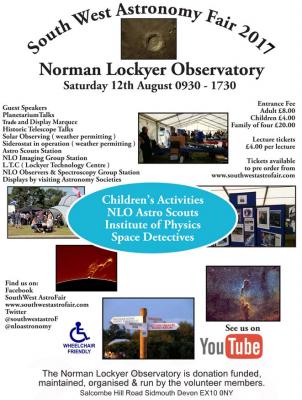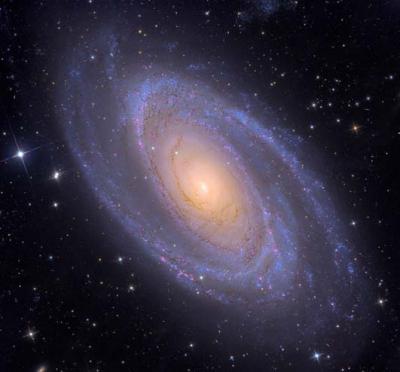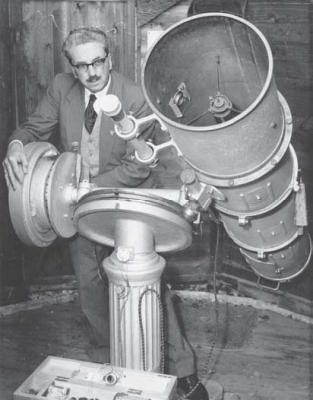Archives
Sky Notes: 2017 June and July
M81 still reasonably placed in the Night Sky
Read moreThe brighter comets of 2010
This report describes and analyses observations received of the brighter or more interesting comets discovered or at perihelion during 2010, concentrating on those with visual observations.
Read moreThe shock breakout cooling tail of supernova 2011dh in Messier 51
Unfiltered CCD observations acquired using the 6-inch [155mm] robotic telescopes of the NASA/Harvard Smithsonian MicroObservatory e-learning project covering the first 163 days following the discovery of the Type IIb supernova 2011dh in Messier 51 are presented.
Read moreThe ‘Great Filter Debate’
The Great Filter Debate took place in the BAA in the 1950s. As the writer was involved in the experiment, members of the Association may find the following account of interest.
Read moreJupiter’s South Equatorial Belt cycle in 2009−2011: I. The SEB fade
Cycles of fading and revival of the South Equatorial Belt (SEB) are the most spectacular large-scale events that occur on Jupiter. The most recent started in 2009, when the SEB suddenly ceased its convective activity and began to fade. Modern amateur images, combined with measurements by the JUPOS team, have revealed several new insights into the process. In this pair of articles, I synthesise all the important results of the 2010 Fade (this paper) and Revival (following paper).
Read more








